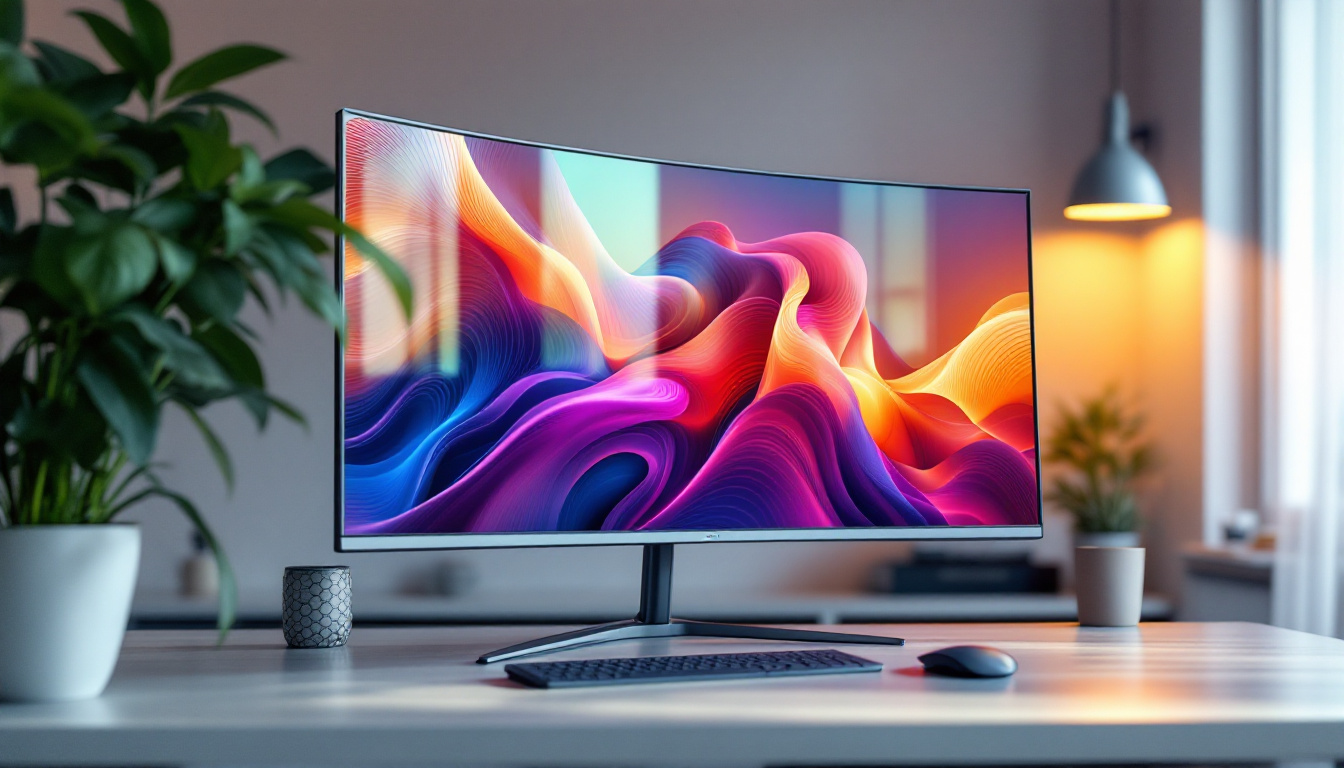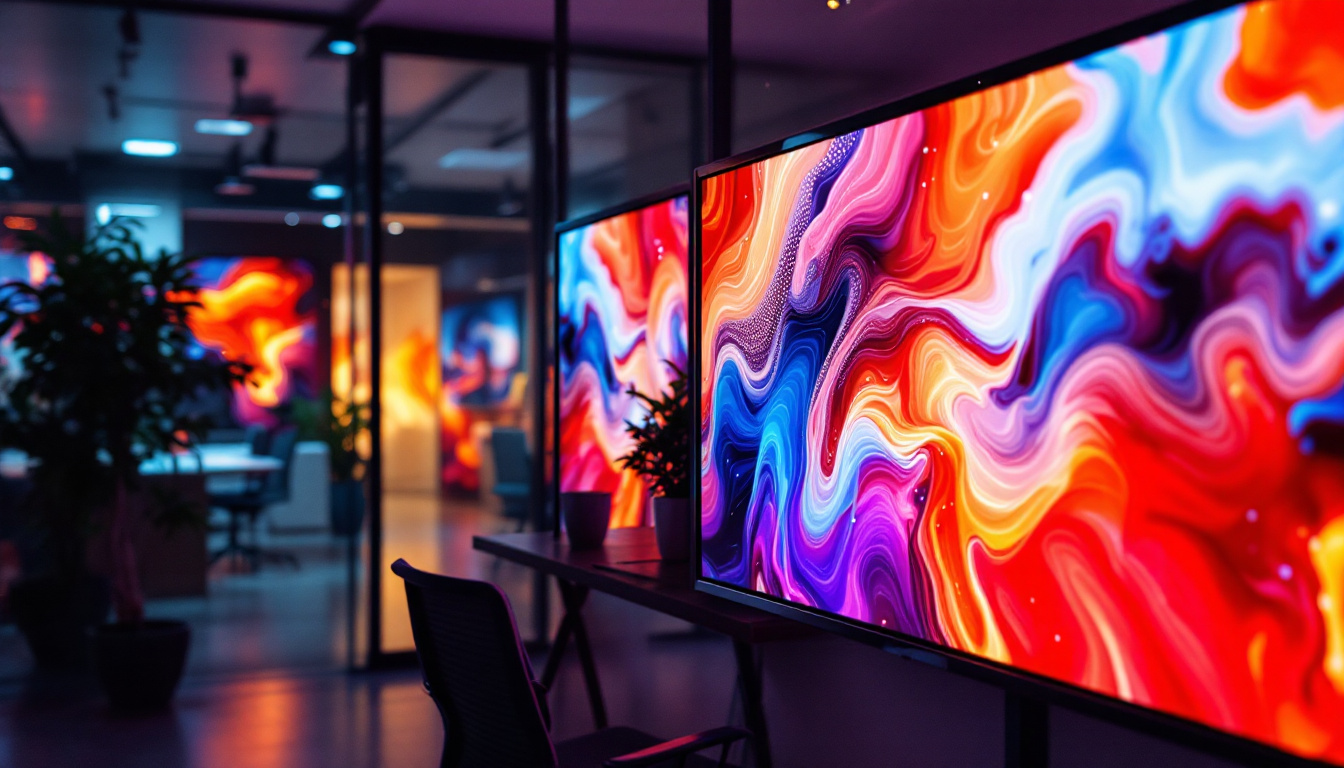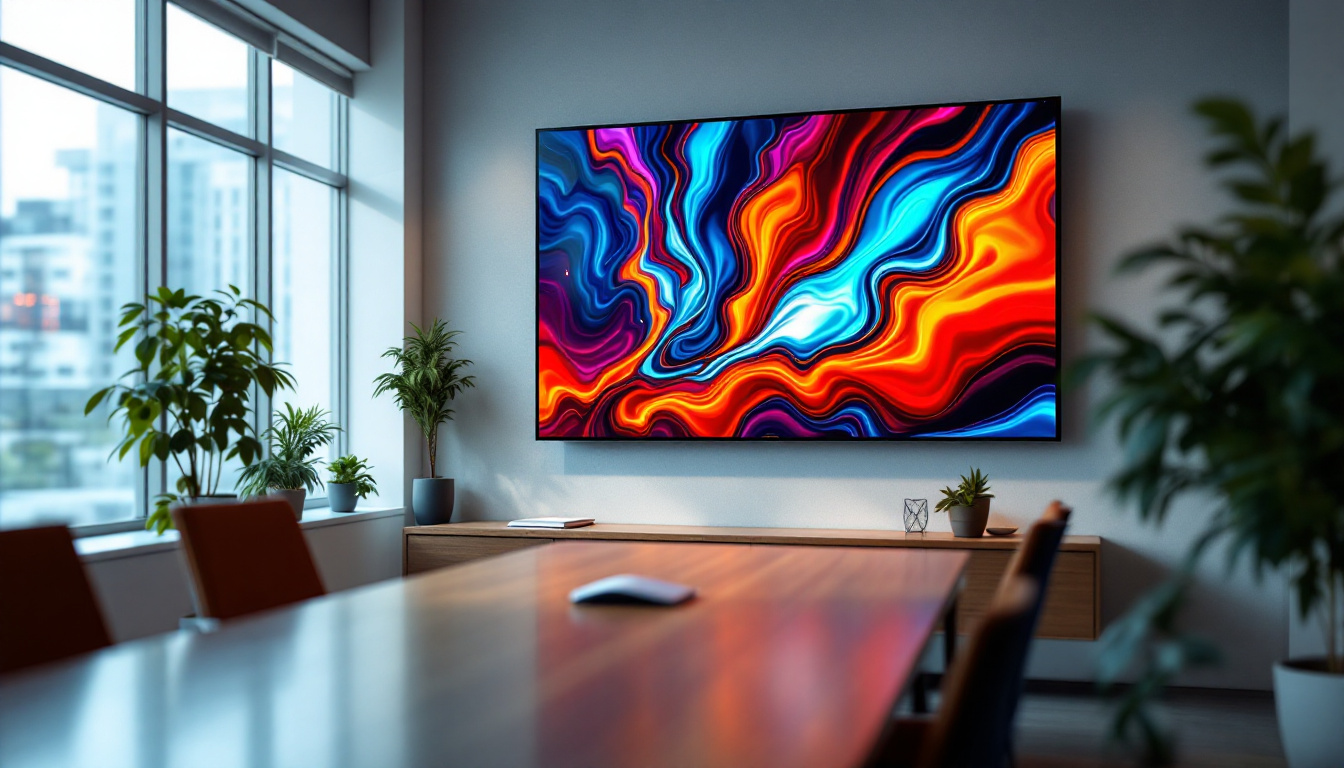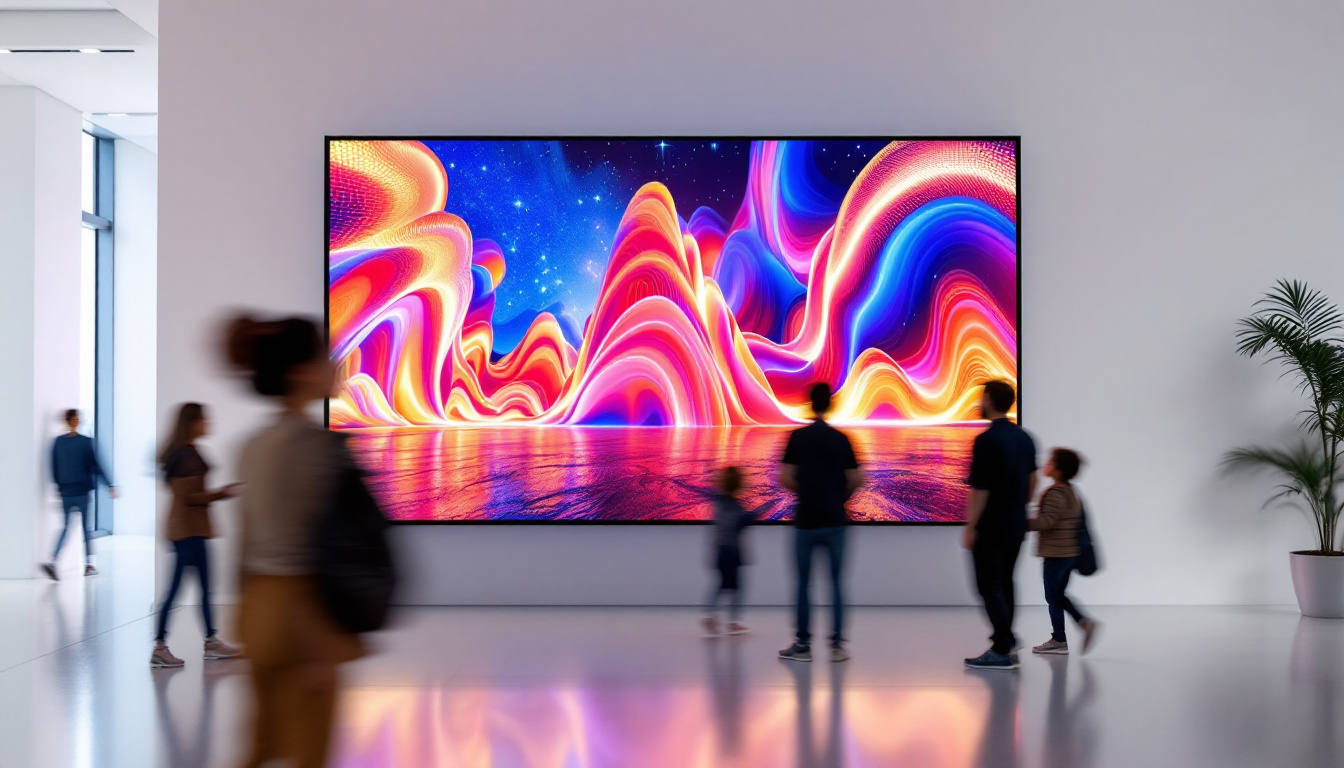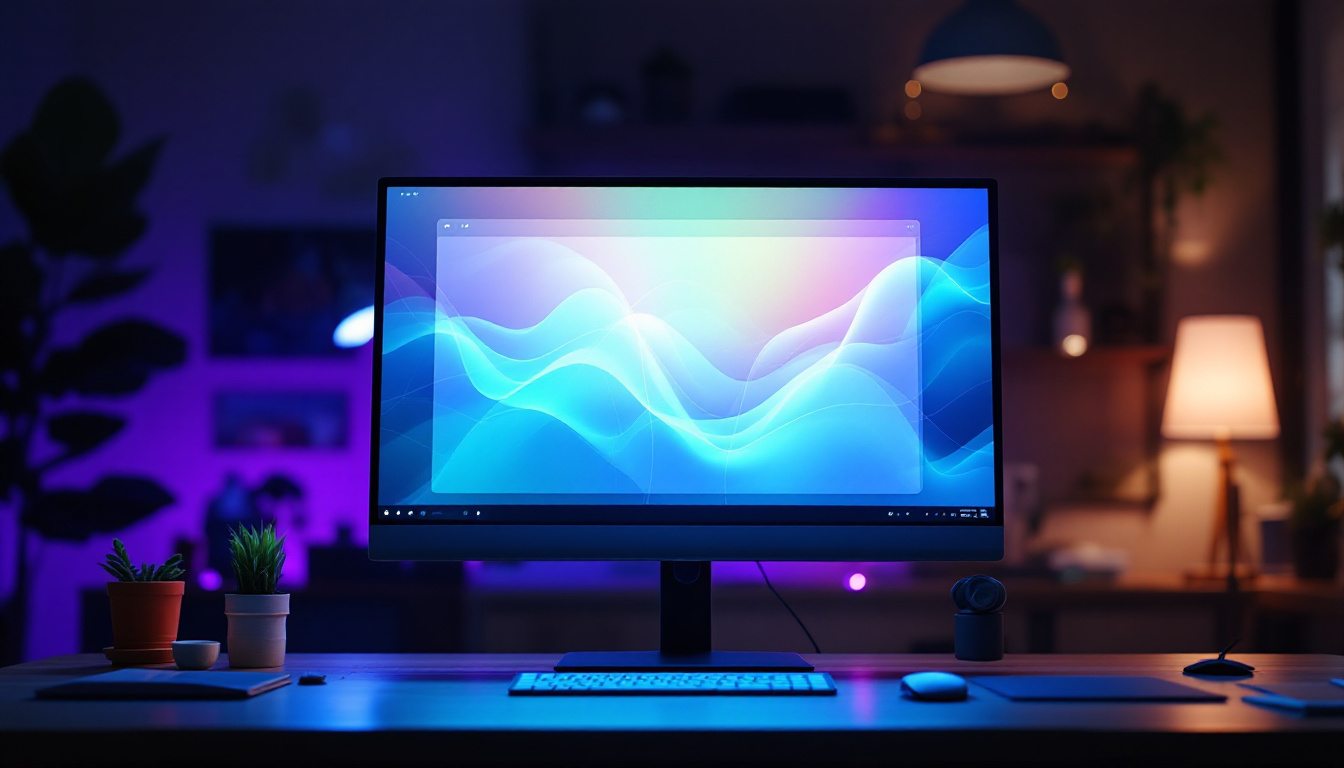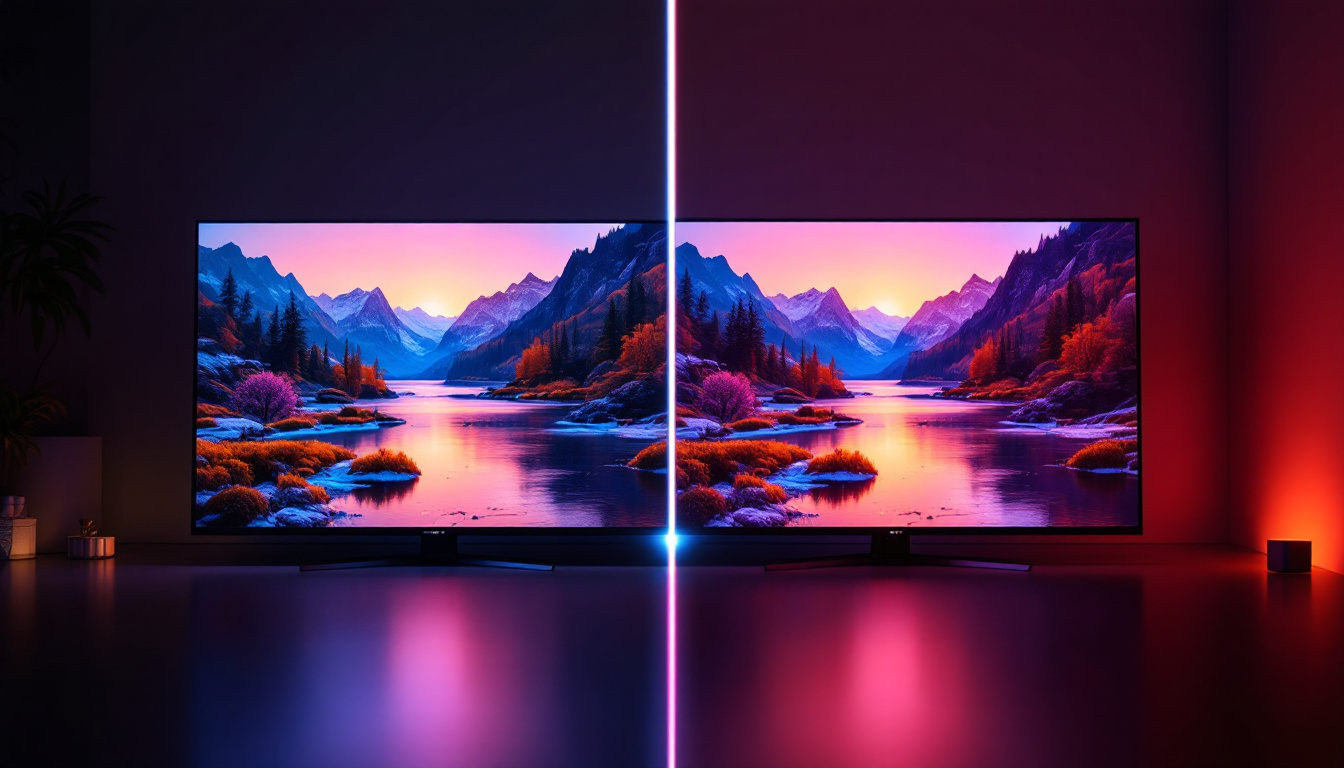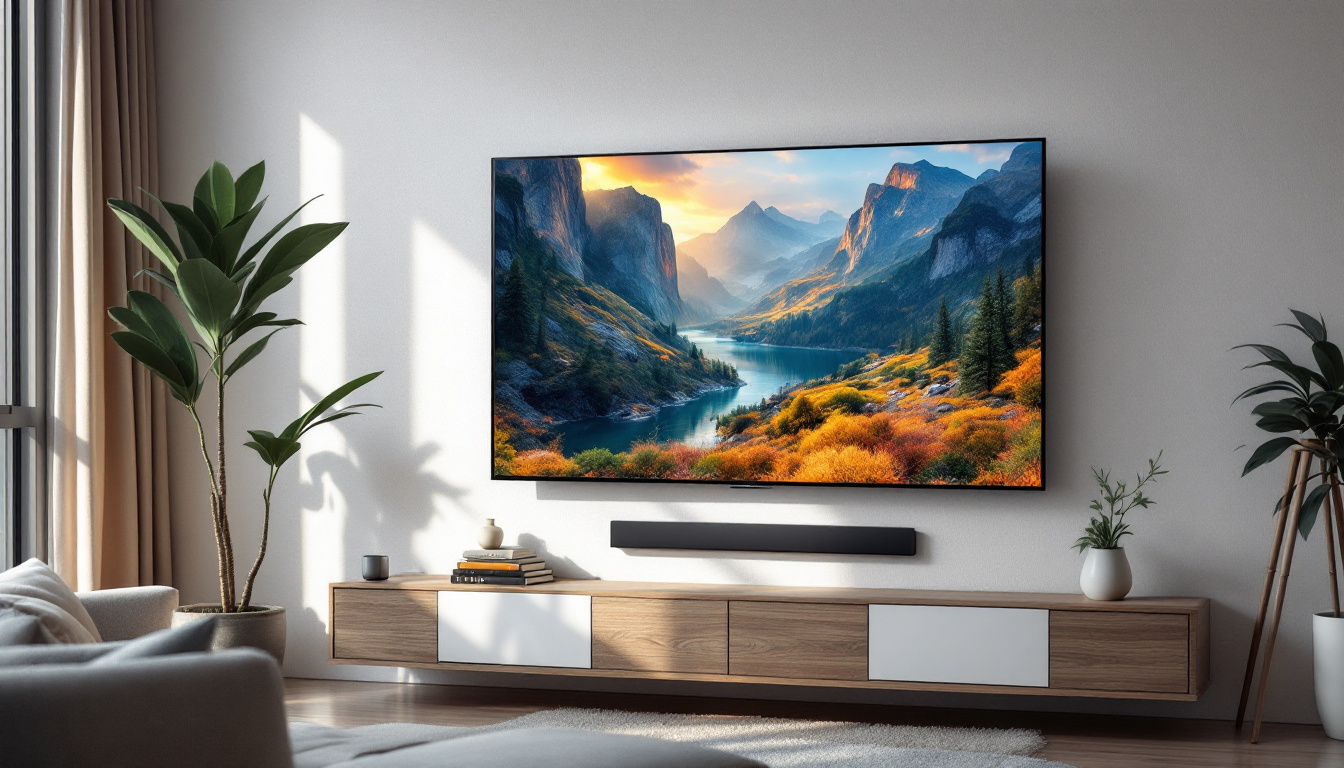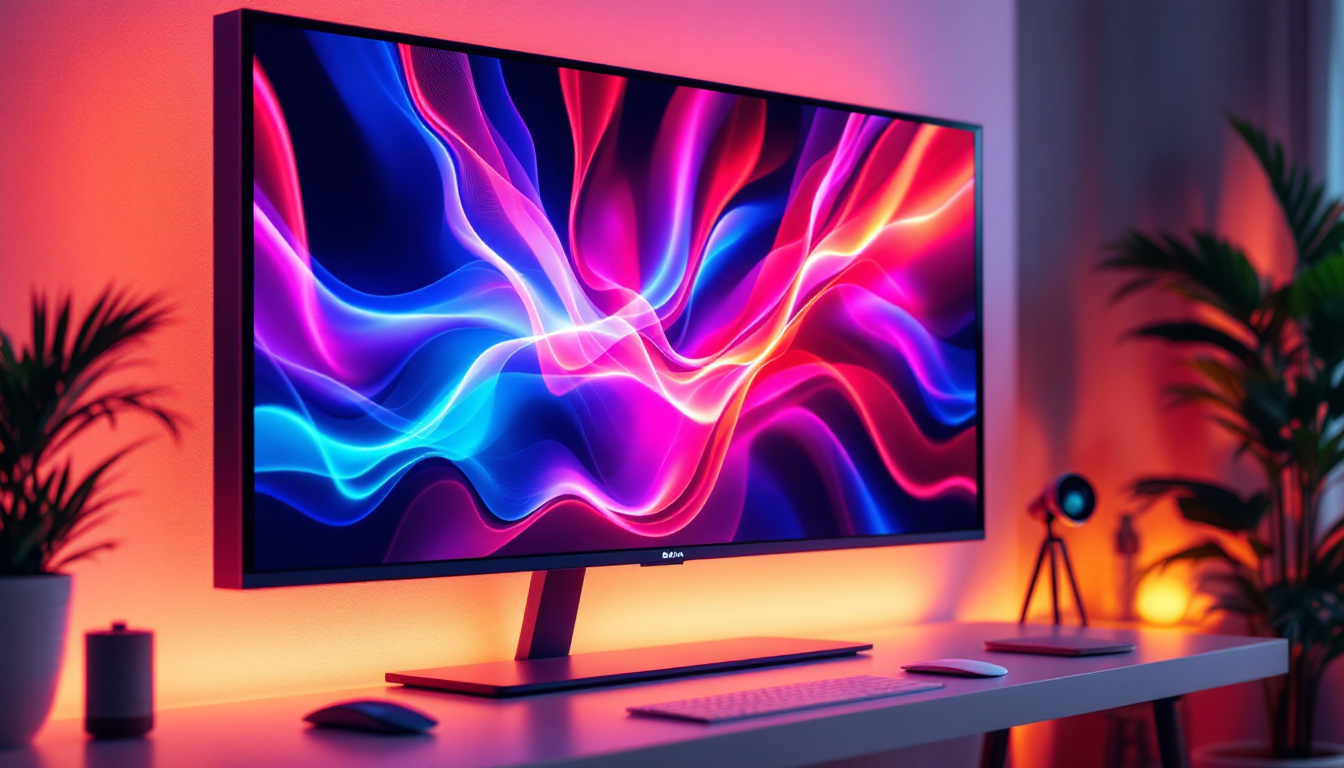In the world of modern technology, displays have undergone significant transformations, particularly with the advent of bezel-less monitors. These innovative screens are not just about aesthetics; they represent a leap in functionality and user experience. This article delves into what bezel-less monitors are, their advantages, and how they differ from traditional displays.
Understanding Bezel-less Monitors
Bezel-less monitors, as the name suggests, feature minimal or no borders around the screen, creating an immersive viewing experience. The term “bezel” refers to the frame that surrounds the display, and in traditional monitors, this frame can be quite prominent. In contrast, bezel-less designs aim to maximize screen real estate, allowing for a more expansive visual experience. This design trend has gained popularity not only for its aesthetic appeal but also for its functionality, as it enables users to focus more on the content rather than the distractions of a bulky frame.
The Technology Behind Bezel-less Displays
At the core of bezel-less monitors is advanced display technology, primarily LED (Light Emitting Diode) and LCD (Liquid Crystal Display). LED technology offers vibrant colors and high contrast ratios, enhancing the visual quality. LCDs, on the other hand, utilize liquid crystals to produce images, and when combined with LED backlighting, they create stunning visuals. Additionally, newer technologies such as OLED (Organic Light Emitting Diode) are emerging, which provide even deeper blacks and a wider color gamut, further elevating the viewing experience.
Manufacturers have developed techniques to minimize bezels without compromising the structural integrity of the monitor. This includes using thinner glass panels and innovative mounting solutions that allow for a seamless look. The result is a sleek and modern display that appeals to both casual users and professionals alike. Furthermore, advancements in manufacturing processes have led to more affordable bezel-less options, making this cutting-edge technology accessible to a broader audience.
Types of Bezel-less Monitors
Bezel-less monitors come in various types, catering to different needs and preferences. The most common types include:
- Ultrawide Monitors: These monitors offer an extended aspect ratio, providing more horizontal screen space. They are ideal for multitasking and immersive gaming experiences, allowing users to have multiple applications open side by side without the need for multiple screens.
- 4K Monitors: With ultra-high-definition resolution, 4K monitors deliver stunning image quality, making them perfect for graphic design, video editing, and high-resolution gaming. The increased pixel density ensures that images appear sharp and detailed, enhancing the overall user experience.
- Curved Monitors: Curved bezel-less monitors enhance the viewing experience by wrapping the screen around the viewer’s field of vision, providing a more immersive experience. This curvature can reduce eye strain during long usage periods, as it aligns more closely with the natural shape of the human eye.
In addition to these types, there are also specialized bezel-less monitors designed for specific applications, such as gaming monitors with high refresh rates and low response times, which cater to competitive gamers seeking the ultimate performance. Similarly, professional monitors with color accuracy features are essential for photographers and videographers who require precise color representation in their work. As technology continues to evolve, the variety of bezel-less monitors will likely expand, offering even more tailored options to meet diverse user needs.
Advantages of Bezel-less Monitors
The shift towards bezel-less monitors is not just a design trend; it comes with several advantages that enhance user experience and productivity.
Enhanced Immersion
One of the most significant benefits of bezel-less monitors is the enhanced immersion they provide. With minimal distractions from bezels, users can focus more on the content displayed. This is particularly beneficial for gamers and movie enthusiasts who seek a more engaging experience.
In professional settings, designers and video editors can appreciate the larger workspace that bezel-less monitors offer. The absence of borders allows for a more comprehensive view of projects, enabling better workflow and creativity.
Improved Aesthetics
Bezel-less monitors are undeniably sleek and modern, making them a stylish addition to any workspace or home entertainment setup. Their minimalist design complements contemporary interiors and can elevate the overall look of a room.
Furthermore, the uniformity in design across multiple monitors allows for a more cohesive multi-display setup. This is particularly appealing for professionals who require multiple screens for their work, as it creates a seamless visual experience.
Space Efficiency
With the trend towards smaller workspaces, bezel-less monitors are an excellent choice for maximizing available space. Their slim profiles and reduced borders mean that users can fit larger screens into tighter areas without feeling cramped.
This is especially advantageous for those working in offices where desk space is at a premium. A larger screen area can lead to increased productivity, as users can have multiple applications open simultaneously without the need for additional monitors.
Considerations When Choosing a Bezel-less Monitor
While bezel-less monitors offer numerous benefits, there are several factors to consider when selecting the right one for your needs.
Screen Size and Resolution
Choosing the appropriate screen size and resolution is crucial. Larger screens can provide a more immersive experience, but they also require more desk space. Additionally, higher resolutions, such as 4K, offer sharper images but may come at a higher price point.
Consider your primary use case—whether for gaming, professional work, or casual browsing—and select a size and resolution that balances performance with practicality.
Panel Technology
The type of panel technology used in the monitor significantly affects image quality and viewing angles. Common types include IPS (In-Plane Switching), VA (Vertical Alignment), and TN (Twisted Nematic). IPS panels are known for their excellent color accuracy and wide viewing angles, making them ideal for graphic design and multimedia work.
On the other hand, TN panels are typically faster and more affordable, making them suitable for competitive gaming, albeit with limited color reproduction and viewing angles. Understanding the strengths and weaknesses of each panel type can help in making an informed decision.
Connectivity Options
Ensure that the monitor you choose has the necessary connectivity options to suit your devices. Common ports include HDMI, DisplayPort, USB-C, and VGA. If you plan to connect multiple devices or use the monitor for gaming consoles, having a variety of ports can be beneficial.
Additionally, consider whether the monitor supports features like FreeSync or G-Sync, which can enhance gaming performance by reducing screen tearing and stuttering.
Popular Bezel-less Monitor Models
As the demand for bezel-less monitors continues to grow, several models stand out in the market for their performance and design.
LG UltraFine Series
The LG UltraFine series is renowned for its stunning display quality and sleek design. With options ranging from 4K to 5K resolution, these monitors are perfect for creative professionals who require precise color accuracy. The thin bezels and high-quality panels make them a top choice for those seeking both aesthetics and performance.
Dell UltraSharp Series
Dell’s UltraSharp series is another excellent option, offering a range of bezel-less monitors that cater to various needs. Known for their exceptional color accuracy and ergonomic designs, these monitors are ideal for professionals who spend long hours in front of a screen. The InfinityEdge design minimizes bezels, creating a seamless multi-monitor setup.
ASUS ROG Swift Series
For gamers, the ASUS ROG Swift series combines bezel-less designs with high refresh rates and adaptive sync technologies. These monitors provide an immersive gaming experience with minimal distractions, making them a favorite among competitive gamers. The vibrant colors and fast response times further enhance the gaming experience.
Setting Up Your Bezel-less Monitor
Once you’ve chosen the perfect bezel-less monitor, setting it up correctly is essential to maximize its potential.
Ergonomic Placement
Positioning the monitor at the right height and distance is crucial for comfort and productivity. The top of the screen should be at or just below eye level, and the distance should be approximately an arm’s length away. This setup helps reduce eye strain and promotes better posture.
Consider using monitor stands or mounts to achieve the desired height and angle. Many bezel-less monitors come with adjustable stands, allowing for easy customization based on individual preferences.
Calibration for Optimal Performance
To ensure the best visual experience, calibrating the monitor is essential. Most monitors come with preset modes, but fine-tuning settings such as brightness, contrast, and color temperature can significantly improve image quality.
Utilizing calibration tools or software can help achieve accurate color representation, especially for creative professionals who rely on precise color matching in their work.
Multi-Monitor Setup
For those looking to create a multi-monitor setup, bezel-less monitors are ideal due to their slim profiles. Aligning multiple screens can create a seamless workspace, enhancing productivity and multitasking capabilities.
When setting up multiple monitors, ensure that they are at the same height and angle for a cohesive look. Using the same model across multiple displays can also help maintain uniformity in color and performance.
The Future of Bezel-less Displays
The trend towards bezel-less monitors is likely to continue as technology advances and consumer preferences evolve. As manufacturers push the boundaries of display technology, we can expect even thinner bezels and improved screen-to-body ratios.
Potential Innovations
Future innovations may include flexible displays that can be bent or curved to fit various environments, further enhancing the immersive experience. Additionally, advancements in OLED technology could lead to even better color accuracy and contrast ratios, making bezel-less monitors a staple in both professional and personal settings.
As virtual and augmented reality technologies continue to develop, the integration of bezel-less designs in these platforms may also become more prevalent, creating new possibilities for immersive experiences.
Conclusion
Bezel-less monitors represent a significant evolution in display technology, offering enhanced immersion, improved aesthetics, and space efficiency. As users increasingly seek high-quality visual experiences, these monitors are becoming a preferred choice for both professional and casual applications.
When selecting a bezel-less monitor, it is essential to consider factors such as screen size, panel technology, and connectivity options to ensure it meets individual needs. With the right setup and calibration, a bezel-less monitor can significantly enhance productivity and enjoyment, making it a worthwhile investment for anyone looking to upgrade their display.
Discover the Future of Visual Experience with LumenMatrix
Ready to elevate your visual experience with the sleek design and superior performance of bezel-less monitors? LumenMatrix is at the forefront of LED display innovation, offering a wide array of solutions that transform any space into a dynamic visual environment. From immersive indoor LED walls to engaging outdoor displays, our products are designed to captivate and communicate with unparalleled clarity. Don’t just read about the future of display technology—experience it firsthand. Check out LumenMatrix LED Display Solutions today and see the difference for yourself.

